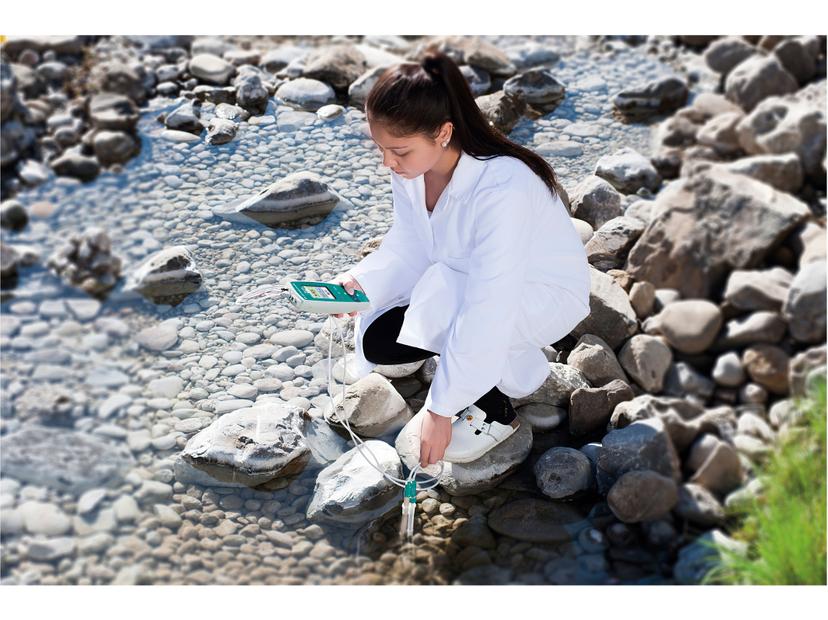Dissolved oxygen analysis: Titration versus direct measurement
Free white paper compares the pros and cons of various standard methods
23 Apr 2020
What is dissolved oxygen (DO)? Why is this parameter so relevant, e.g. for water analysis, and which technologies are used to determine it? In a free white paper, Dr. Sabrina Gschwind, product manager of sensors and electrodes at Metrohm AG takes a comprehensive look at dissolved oxygen and compares the advantages and disadvantages of the methods commonly used to determine this parameter.
Dissolved oxygen is a term describing the amount of oxygen molecules (O2) which are dissolved in a liquid phase under certain conditions. In the white paper, two different methods for the analysis of dissolved oxygen, titration and direct measurement, are compared and contrasted to help analysts determine which method is more suitable for their specific applications. Here, the focus is primarily on the determination of dissolved O2 in water. However, the same principle applies for other liquid phases such as non-alcoholic or alcoholic beverages. The following topics are addressed by the white paper:
- What is dissolved oxygen?
- How to determine the dissolved oxygen content in water
- Winkler titration (as per ISO 5813, EN 25813, ASTM D888, EN ISO 5815-1, ISO 5815-2)
- Dissolved oxygen measurement with electrochemical sensors (as per EN ISO 5814, ASTM D6764, EN ISO 5815-1, ISO 5815-2)
- Measurement using an optical sensor (as per ISO 17289)
- Pros and cons of the various techniques and references (scientific literature, plus norms and standards)
